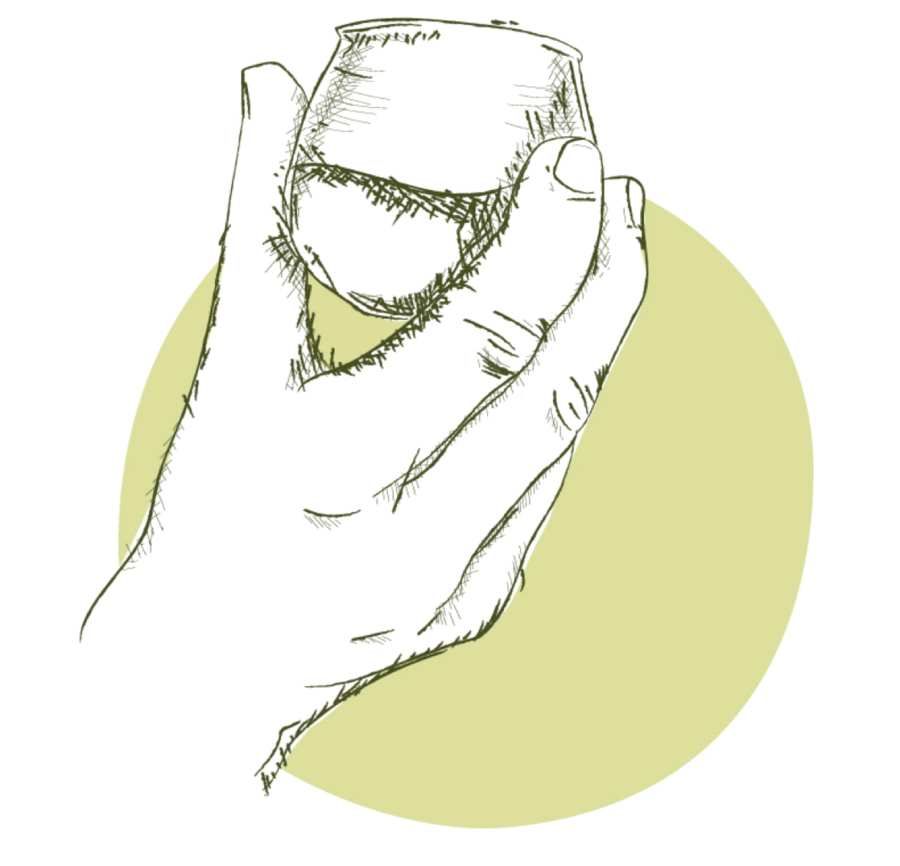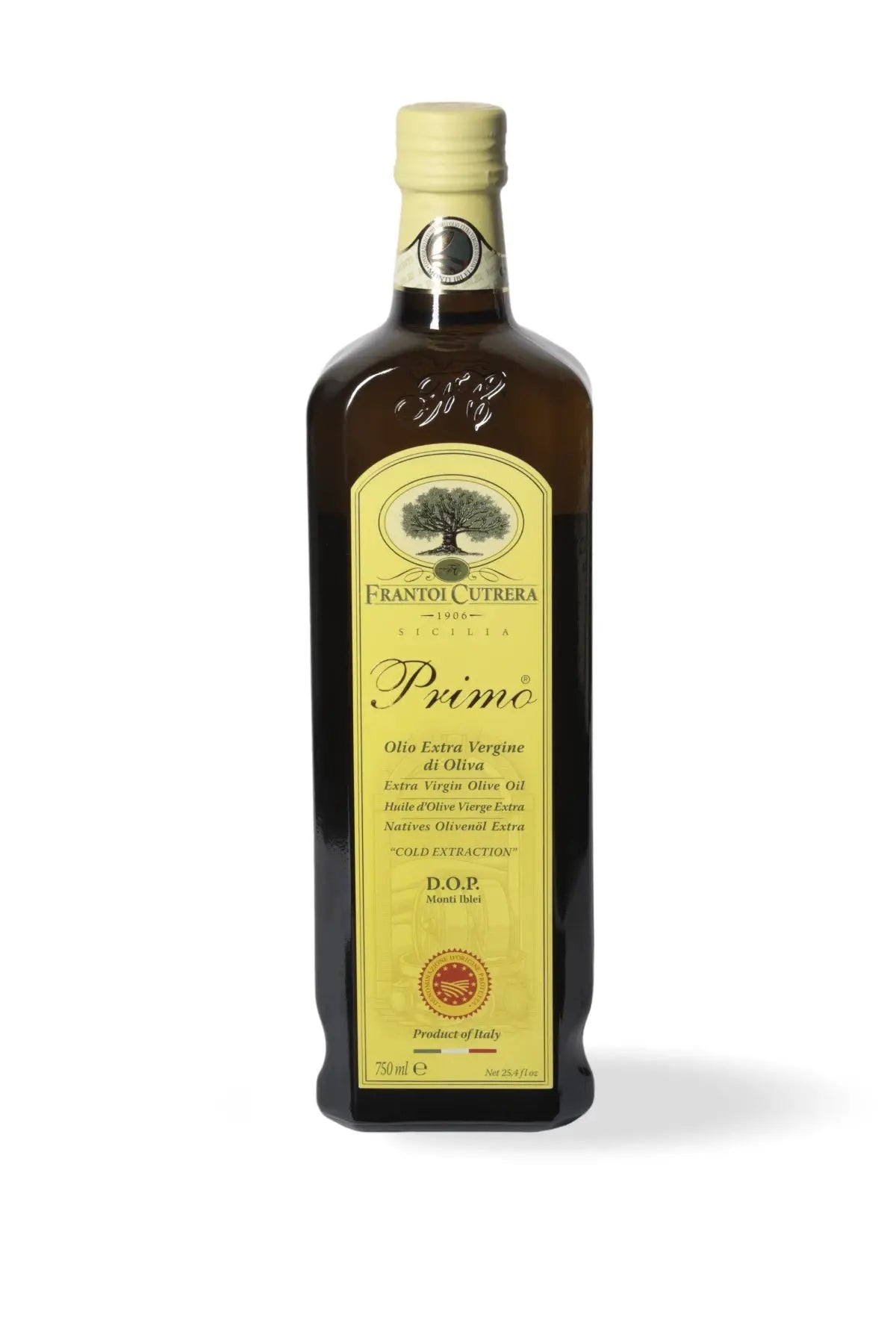

How to recognize a quality EVO oil
Tasting olive oil is a unique and immersive experience. Here's a short guide to recognizing high-quality extra virgin olive oil.
To be called EVOO, an oil must meet well-defined production, chemical-physical, and organoleptic requirements. Knowing how to recognize these qualities is the first step to informed tasting.
Positive attributes are the positive qualities to be recognized in an EVOO. Conversely, negative attributes should not be present. The positive attributes are:
- Fruitiness: is the complex interaction of different olfactory sensations, dependent on the variety of fruit, the degree of ripeness and the extraction conditions.
- Bitterness and pungency: these depend on the presence of phenolic compounds, precious antioxidant and health-promoting components.
- The aroma: corresponds to that rich charge of aromatic compounds that makes an oil unique and complex.

Tasting the oil
The ideal time for tasting extra virgin olive oil is early in the morning. It's best to do so away from mealtimes, in a suitable environment free of odors.
To avoid compromising the tasting experience, it is best to ensure that your physiological and sensorial conditions are optimal.
The professional tasting procedure is divided into seven phases that must be followed scrupulously: here is a brief summary.

1. Prepare the sample
Pour a spoonful of oil into the chosen glass. Using a dark-colored glass will prevent biased evaluation based on its visual appearance. The color of the oil is not considered a parameter capable of denoting its quality on its own.

2. Heat the bottom of the glass
Warm the bottom of the glass with one hand, and cover the top with the other. The ideal temperature is around 28°C.
This operation will favor the volatilization process of the aromatic compounds, enhancing all the organoleptic characteristics of the oil.

3. Smell deeply
2-3 times, for up to 30 seconds. These short, repeated inhalations will enhance the perception of the fruitiness and aromas present in the oil. To avoid saturating the olfactory receptors, it's best not to overdo it at this stage.

4. Enjoy delicately
A small sip. The oil should touch every part of the tongue, as each area will respond differently. Coat the entire palate thoroughly and concentrate on finding the typical balance between bitterness and spiciness.

5. The stripping technique
Complete the tasting by promoting the perception of the aftertaste through the retronasal passage. Pour a sip of oil into your mouth and inhale, first gently, then vigorously, allowing the oil particles to nebulize in the retronasal cavity. In this phase, the taste and olfactory receptors will be simultaneously engaged, providing more precise sensations.

6. Memorize the sensations
Pay attention to the manner and order in which the sensory stimuli are presented. Once the analysis is complete, it's time to note down every sensation you experience during tasting.

7. Tasting complete!
Once the evaluation of the oil is concluded, it is time to taste other samples. It is recommended, between one tasting and another, to rinse your mouth with water or eat a slice of green apple.
Our extra virgin olive oils
They tell the story of our land, they conquer the world.
The most awarded oils in our history are born among the centuries-old olive trees of the Iblei Mountains.







































